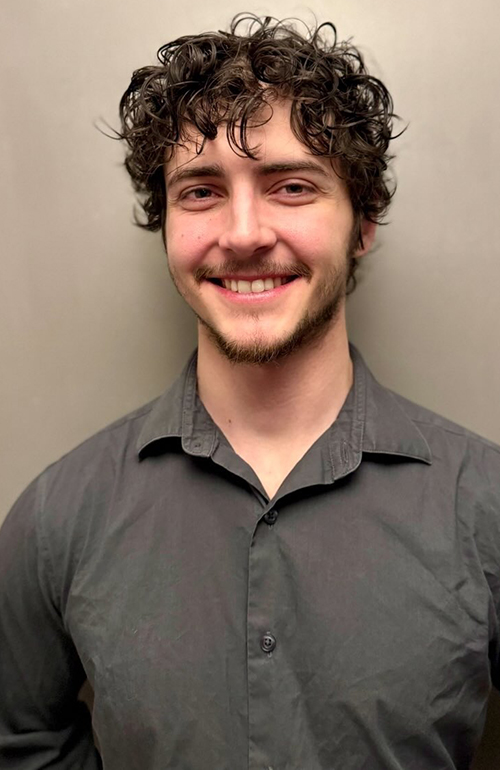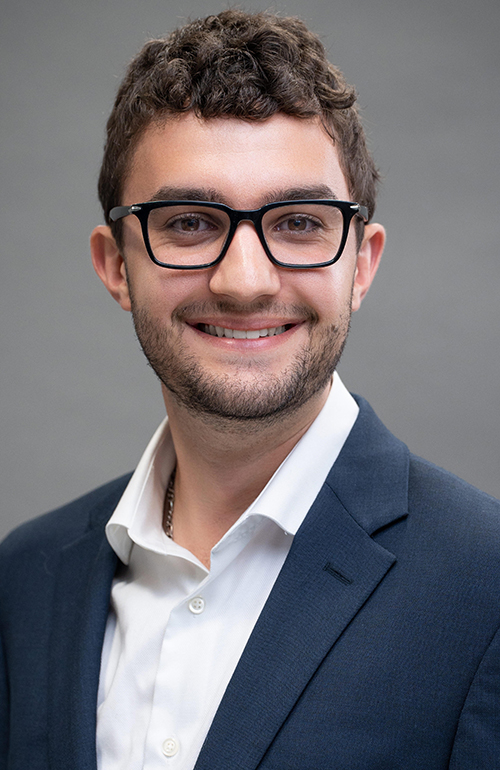Wayne State grad students earn fellowships in support of NASA’s mission
DETROIT – NASA’s Michigan Space Grant Consortium (MSGC) has announced its 2024 award recipients, which includes four Wayne State University students who have earned graduate fellowships.
The mission of the MSGC is to create, develop and promote programs that reflect NASA’s mission, and to support cooperation between academia, industry, state and local government in science and technology in Michigan. MSGC’s graduate fellowships provide $5,000 of support for students who are conducting research and public service projects relevant to NASA’s strategic interests.
“Getting experience working with research faculty gives students the opportunity to see what cutting-edge research is,” said Ed Cackett, professor and chair of the Department of Physics and Astronomy and a member of the MSGC executive board. “Whether that experience then gets applied in industry or in graduate school, students can see what the opportunities are for them in the future. It widens their view of what’s possible and develops a whole bunch of transferable skills.”
This year’s winners from Wayne State are:

Elliot Furr, a second-year doctoral student in chemistry. His faculty advisor is Jeremy Kodanko, associate chair and associate professor of chemistry. Furr’s research project, “Protein Based Lanthanide Capture from Coal Fly Ash,” aims to develop a method to recover chemical elements from waste materials, contributing to NASA’s mission of resource use and sustainability.
“Environmental chemistry has always been a passion of mine, and the Kodanko Lab gave me an opportunity to continue my passion for environmental research while also broadening my chemical understanding to be a better-rounded chemist,” said Furr.

Alex Hoffman, a first-year doctoral student in chemical engineering. His advisor is Simon Ng, professor of chemical engineering and materials science. Hoffman’s project is titled “Application of Advanced 3D Printing Techniques for All-Solid-State Electrolyte in Lithium-Sulfur Batteries.”
“I think it’s extremely important to ensure that as the battery field continues to grow, we understand the hazards associated with battery failure and are equipped with the knowledge to create safer and more effective battery systems,” said Hoffman. “I ultimately want to help contribute to building the tools and knowledge necessary to create the next generation of safe, reliable and effective energy storage systems.”

Benjamin D.E. Oreskovic, who is pursuing his Ph.D. in materials chemistry and is working in the laboratory of his advisor, Federico Rabuffetti, an associate professor of chemistry, on “Refractory Oxides for High-Temperature Luminescence Thermometry.” NASA is interested in these materials because they are ideal for implementation in turbine engines.
“I applied to this program to focus on my research,” said Oreskovic. “My research has the potential to directly benefit the next generation clean-fuel turbine propulsion systems that would operate using hydrogen fuel. NASA’s MSGC graduate fellowship provides wonderful support of this research area.”

Jihan Abou Halloun is a graduate student in chemical engineering. Her advisor is Helen Durand, associate professor of chemical engineering and materials science. The title of her research project is “Control of Hot Carriers Cooling in Perovskite Solar Cell.”
“I am strongly interested in process performance and control of dynamic systems,” said Abou Halloum. “Incorporating control tools such as model predictive control where chemistry and physics were shown to be successful in controlling matter will be an interesting area to work on and explore.
“NASA is interested in developing more efficient solar cells to empower space missions. Controlling hot carrier cooling in perovskite with reduced computational time would play an important role in enhancing stability of perovskite solar cells and hence moving it toward becoming a potential candidate for solar cells in space.”
Wayne State is one of 12 universities and colleges in Michigan that make up the MSGC.